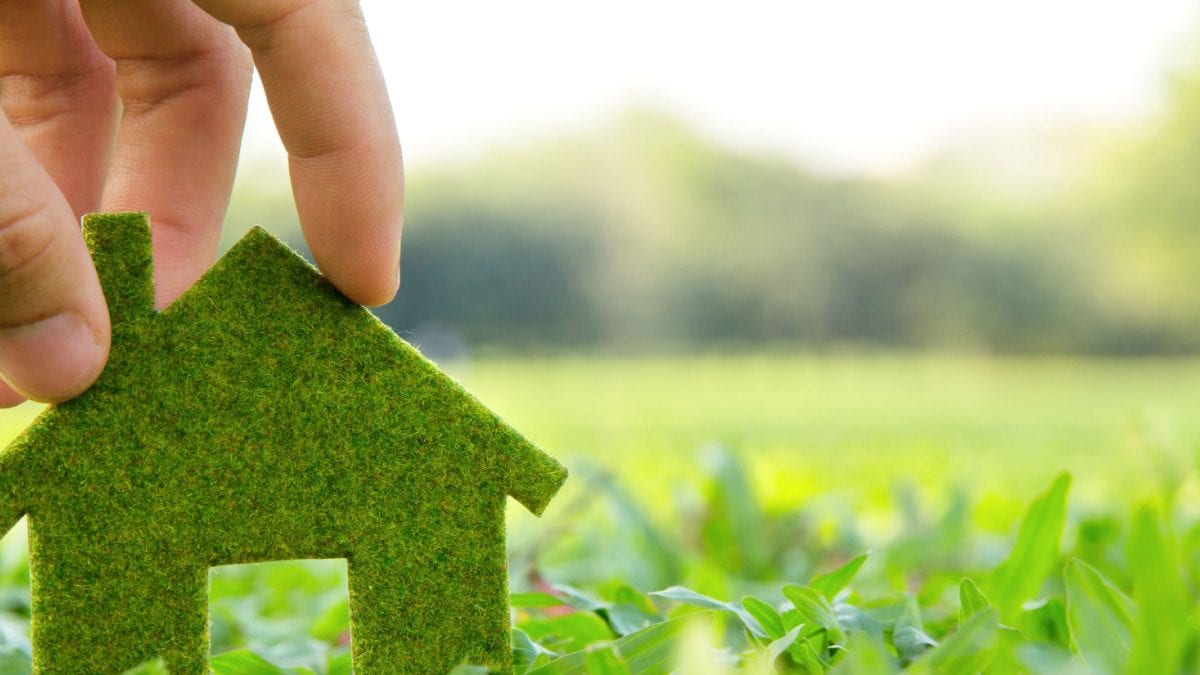Eco-Friendly Homes: A Solution to Combat Global Warming

Sustainability is a broader vision and a lifestyle choice. It has to become a lifestyle to bring about a change
Eco-friendly homes: Given the current global crisis, it is crucial that we prioritize environmental sustainability and incorporate it into our design practices
“We borrow from nature, even the space upon which we build,” says Tadao Ando, a perfect adage to understand the impact we humans create on earth and the space it provides. Architecture is a versatile field that can be shaped to suit our needs and desires. It is up to us to decide whether we want it to work in harmony with nature or against it. Given the current global crisis, it is crucial that we prioritize environmental sustainability and incorporate it into our design practices. “As architects, we carry a significant responsibility and have the ability to influence the world around us with our expertise. Drawing from my own 30 years of experience, I have developed a personal perspective on how the built environment should be approached,” says Nilanjan Bhowal, Principal Architect, Design Consortium.
Here are certain ways in which you can build sustainable homes that could help tackle global warming
- Recycling Materials
The high embodied energy of mass produced building materials emphasizes the need to increase their lifespan and recycle them after demolition. For instance, a standard burnt brick has an embodied energy of 4.76 MJ/Kg, while a hollow concrete block has an embodied energy of 0.56 MJ/ kg. After transportation to the site, it is used in construction with other materials. When its usage comes to an end, it is usually discarded as waste. However, it can be recycled for use as aggregate or for landscaping. Recycling is a common lifestyle habit in many Indian towns where used doors and windows, plastic and wood are sold. Construction materials can be recycled and used in new constructions. I personally have reused broken tiles to create beautiful mosaics for terracing, which is a common practice in our country. Furthermore, there have been recent innovations in creating new building materials using recycled products. - Recycling Waste
The waste that is generated while the building is in use can be treated and recycled and put to use, organic kitchen waste can be treated and used as compost for plants, the grey water waste can be collected, treated in a septic tank and re purposed for landscaping, car washing etc. “In one of our GRIHA certified project, green one, we have installed earthen compost units to treat the kitchen’s organic waste,” adds Bhowal. - Regeneration
Renewable energy resources are abundant in nature, and one must make the best of it. Solar panels installed on our various sites, reduces the electricity consumption by many folds, and in some cases energy is also given back to the grid. Rain water is treated in on-site phytorid beds and treated for multiple uses. The right amount wall window ratio with respect to the site is important. “A building constructed with respect to its orientation and the wind direction will itself become a successful project. It will consume less energy, and maintain a comfortable built environment. In Brooks Arthaus, located in Bhimtal the orientation is kept such in order to keep the large windows to maximise the use of warm sun in hills and to maximise the view. Geothermal energy and wind energy has also been explored of large scale sites,” states Bhowal. - Energy efficiency
Maximum heat is transferred from the roof of a building and then the walls depending on its orientation, therefore in order to reduce the energy consumption; it becomes important to insulate the roof and the fenestrations of the facades of the building. Use of filler slabs and creating terrace gardens / water bodies is a very successful approach which is prominent in many of our residential projects. Bhowal feels double glazing windows is an approach to reduce the heat transfer from the openings of window facades, reason being a single glazing will transfer heat whereas in a double glazing the vacuum in between breaks the flow and thus lets the light come in but not the heat. - Reduce Consumption
many steps can be taken to reduce the consumption on a general basis. Use of Low flow fixtures, like a low flow WC will flush 4-6 L/flush and an average fixture consumes 8L/ flush. This measure reduces consumption by almost half. Using LED Fixtures over other fixtures, use of 5 star appliances and sensor lighting also keeps the consumption in control. - Effective Landscaping
Landscaping is the key to a sustainable project, plants not only aesthetically appeal but also comes with many benefits like air purification, naturally lowering the temperature and maintaining the humidity. “We always use local indigenous plants for landscaping, instead of imported exotic varieties. Also a lot of interlocking grass pavers are used for streets in urban scale projects instead of concreting to allow ground water recharge. as seen in Brooks Arthaus project in Bhimtal, Uttarakhand,” opines Bhowal. - Use of local materials and labour
By using the locally available material, the cost and energy consumed to transport materials from farther regions is reduced. Also, the local material used over many years has already been adapted to the environment. Hence while making the local choice; one also promotes the local economy and the local labour skilled with material’s application.
In conclusion, these are only some points that can help one achieve a sustainable approach for construction. I believe, sustainability is a broader vision and a lifestyle choice. It has to become a lifestyle to bring about a change.
Read all the Latest Lifestyle News here
For all the latest lifestyle News Click Here

